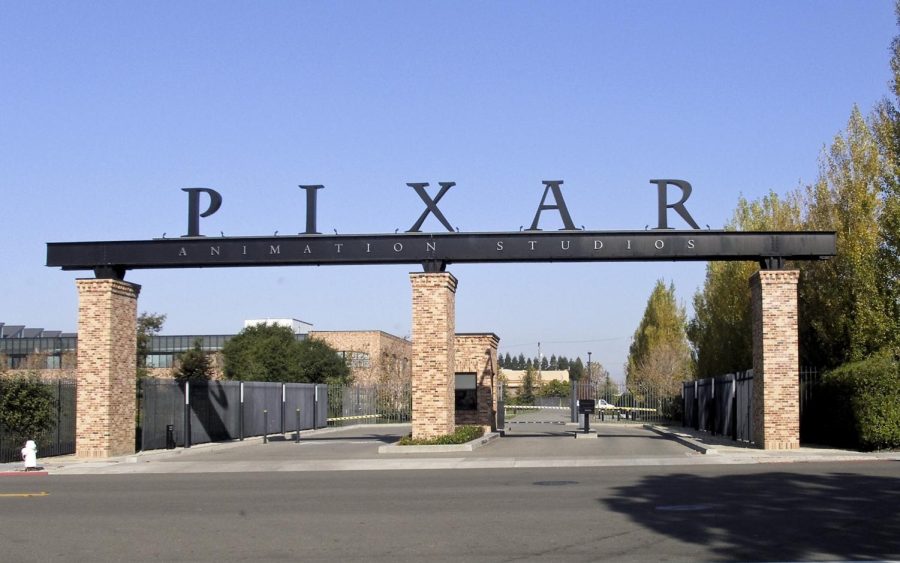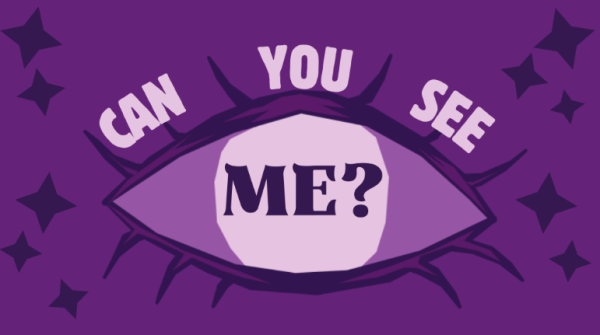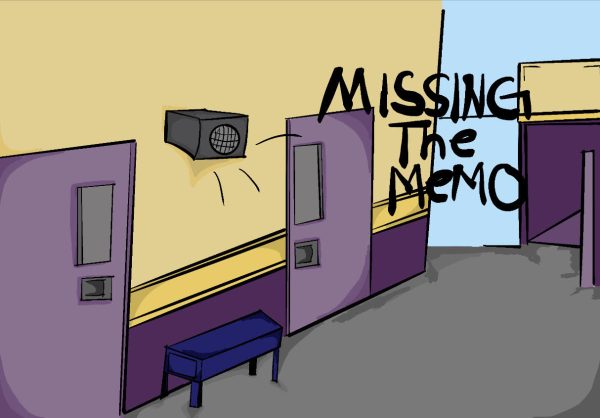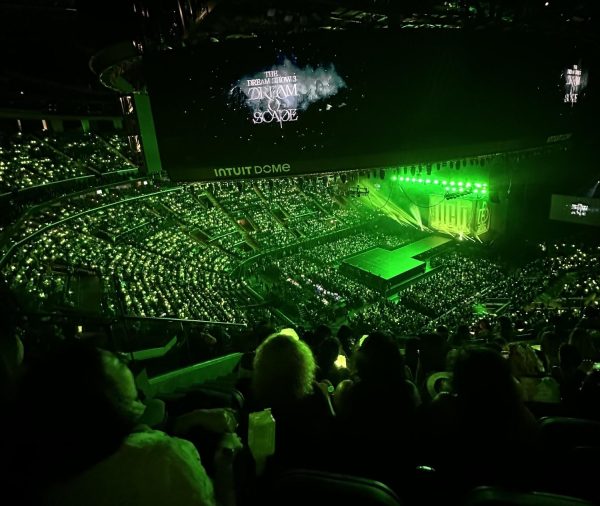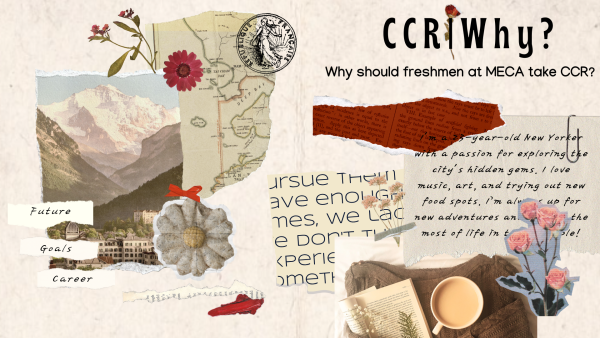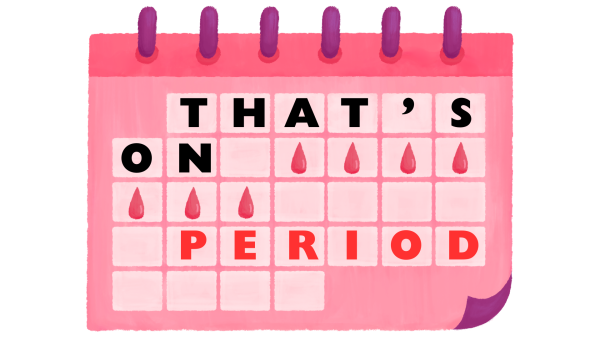OPINION – The Pixar Problem
The front gates of Pixar headquarters in Emeryville, California. Image by Coolcaesar and retrieved from wikimedia.
Disclaimer: This article is an opinion piece. Any views or opinions represented in this piece are personal and belong solely to the article author and are not endorsed or representative of The Academy Chronicle, Mt. SAC ECA, or the West Covina Unified School District.
Ever since their first feature film Toy Story in 1995, Pixar films as well as the pixar brand have been globally regarded as an award-winning studio for their care and quality in their animated features and shorts, whether it be relying on the well known or poor execution.
Sequels, sequels, and more sequels!

Earlier in the studio’s history, Pixar sequels never really existed aside from the Toy Story franchise. But ever since the start of the 2010’s, Pixar sequels became more and more common over the decade, with almost all of them only being adequate films that added nothing to the original movie and not really justifying its existence aside from cashing in on a beloved property.
This will be explored shortly, but only a few original film ideas were ever released during this “sequel era”. Some of them were dull and not very interesting like The Good Dinosaur but others were good and sometimes even remarkable movies such as Brave, Coco, and Inside Out.

Now, the reason for these sequels is pretty obvious from a business perspective, Popular IP (Intellectual Property) + More media = Profit, but wouldn’t it pay even more to make a sequel that successfully builds upon its established world? Like mentioned before, these sequels do little to justify their existence other than to make bank.

Some sequels even unravel and sometimes even retcon (rewrite) details from their predecessors, such as in Monsters Inc. which establishes Mike and Sully as friends since the fourth grade, later being retconned in the prequel, Monsters University which showcased Mike and Sully starting off as rivals in college. In The Incredibles 2 where the generic plot-twist villain is going on their whole “evil monologue” and telling their whole plan to the protagonist. While not directly retconning stuff from the first movie, it’s still worth mentioning how this scene missed the whole point of The Incredibles and about mocking the superhero genre and its tropes.
However, the worst offender to the sequel problem is undoubtedly Toy Story 4. While still being a solid film it completely unravels and destroys plot points and characters that were established over 20 years ago. Buzz Lightyear, who has been shown to be the most strategic and smart toy of the group has devolved into a generic dimwitted comedy relief character. The other main characters such as Jessie, Rex, or the potato heads, who have been mainstay characters since the first two movies have been reduced to solely being side characters.

But without a doubt, the most controversial character in this installment has to be Woody. Woody has always been the loyal toy of the group, willing to stick with his owner no matter what. It has been shown throughout the 3 previous movies. Woody is afraid of being a lost toy and away from Andy in Toy Story (TS1), Woody refusing to go to the Japanese toy museum in TS2, and Woody refusing to go to the Sunnyside Daycare in TS3. But In TS4? Woody doesn’t return home with the rest of the toys in order to stay with Bo Peep and be a lost toy, completely missing his character that was present in everything that came before Toy Story 4.

Recently, more sequels have been announced via a Disney earnings report Pixar, Toy Story 5 and Inside Out 2 were announced. While Inside Out has plenty of potential for its theme around emotions, many groans from Pixar fans could be heard around the world when TS5 was announced. They are now unraveling the bow of the ending a SECOND TIME in exchange for profit. However, there is an original idea in the works. Thankfully, there are still a few Pixar movies that are safe from the “sequel problem”. That being Ratatouille, Wall-E, Brave, Coco, Up, The Good Dinosaur, Inside Out as of right now, and the movies in the following section.
Original Concepts & Art Direction
Aside from the sea of unnecessary sequels, there are a few original flicks that Pixar has churned out recently. In this present decade, 2020, Pixar has released a number of 5 movies so far. The first of which, Onward was released right when a certain virus shut everything down, so of course it went straight to streaming, which sadly set the path for most of the other movies that were released from 2020 up to present day.
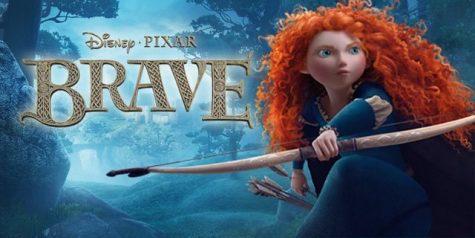
Onward, a tale between two brothers reuniting with their late dad, had what sounded like a great premise with its plot on dealing with the death of a loved one and brotherhood. But the film unfortunately did not deliver. Showcasing generic world-building with a theme on death that wasn’t as powerful as it could’ve been when compared to films like Coco.
Soul was an odd masterpiece that held a bit of the essence and magic of Pixar films such as Ratatouille and Monsters Inc. However, this movie falls into the next problem with Pixar, their animation aesthetic and art direction. Recent films like Turning Red and Luca have differentiated themselves from the Pixar trope of everything being as realistic as possible. Although, it IS a technical marvel that stuff like hyper-realistic textures, lighting, and dust particles can be made in animation, it’s inevitable to get to a point when you begin to question if these films can even be classified as cartoons.
Soul is a prime example of this, the city landscapes and realistic textures look eerily close to the actual streets of New York, but all of that is thrown out the window with the clashing character styles. Ever since Sony’s Spiderman: Into the Spider Verse released in 2018 and shook the medium of animation to its core, companies and studios whose art styles have been previously inspired by the semi-realistic aesthetic of Pixar had started to transition into a mix of CG and hand drawn animation. Examples range from Dreamworks’ The Bad Guys and Puss in Boots: The Last Wish, Sony’s Mitchells vs. The Machines, and despite being released before Spiderverse, Blue Sky’s The Peanuts Movie.
Last year, Pixar had received their first ever box office bomb with Lightyear, as an in universe Toy Story, Star Wars-esque movie that got Andy hooked on Buzz Lightyear. The fact it bombed in theaters really sucked because it was the first Pixar film to ever release in theaters since Onward in 2020. The film was given a resounding “meh” from the world due mostly from its bland and generic Sci-Fi plot and uninteresting visuals. With new animated movies coming out in the next decade with a new and refreshing look that stretches animation to its limits, Pixar could actually begin to fall behind in an industry where they previously stood as the top dog along with their business owner, Disney.
What’s next for Pixar?
Pixar and their films have always been synonymous with quality, but in recent years, that title has begun to grow more questionable. With unnecessary sequels that don’t justify themselves, Pixar’s aging animation style, their overreliance on popular IP and nostalgia, and their notable lack of polish in their recent films. This article should not be taken as “Pixar can’t make good films anymore,” Pixar can still produce solid entertainment, it also shouldn’t be said that all Pixar films should be as emotional as the likes of Up or Toy Story 3. It just feels as if Pixar hasn’t been trying as hard as they used to.
As of right now, a new original Pixar movie is releasing this summer called Elemental, a forbidden love story with a girl made out of fire and a boy made from water. In which many fans have made fun of due to it being comically similar to Fireboy and Watergirl, a computer game series from coolmathgames.com. Jokes aside however, the setting and world-building is eerily similar to Disney’s Zootopia, a movie that takes place in an urban city run by anthropomorphic animals. The art style and character designs, while nice, don’t seem to be too creative either.
After Elemental though, the future of Pixar for the 2020’s is questionable. There could very well be an odd masterpiece every now and again, there could also be some films that are good if unremarkable. But, we can also expect to see movies that aren’t those. Whether they are movies with an interesting premise but utterly fumbles the bag in execution, or movies that just needlessly bank on nostalgia and the well-known.
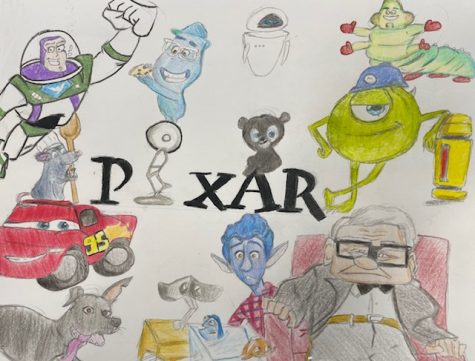
Your donation will support the student journalists of Mt. SAC Early College Academy. Your contribution will allow us to purchase equipment and cover our annual website hosting costs.
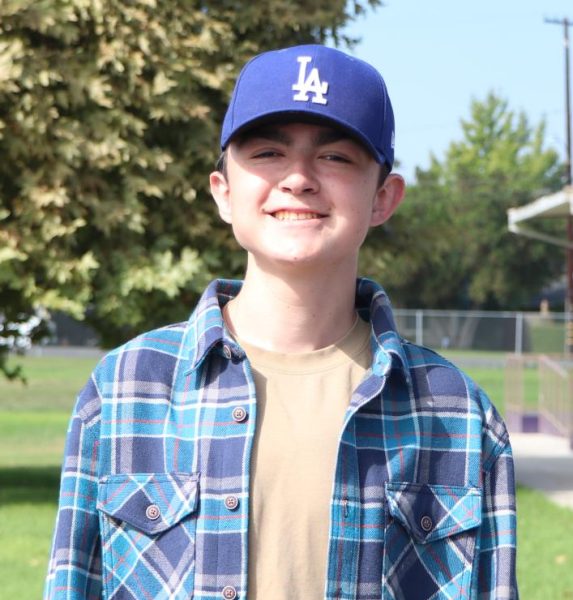
Jared Jimenez is a Senior at Mt. SAC Early College Academy. This is his fourth year as a staff member of The Academy Chronicle. (If they are in an editor...


